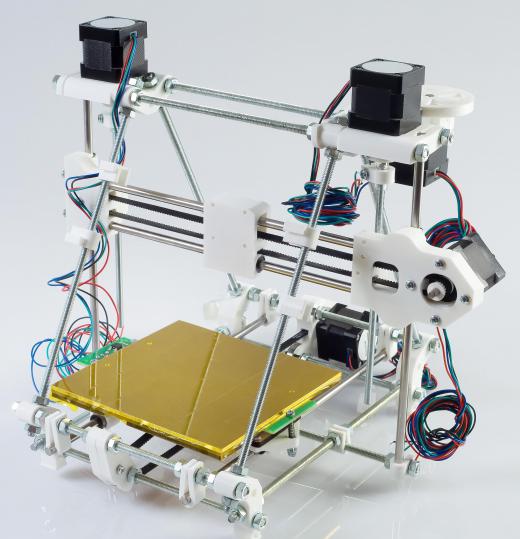Prototyping is a step in the design process of new or revised products that allows design teams to check products for defects, identify possible areas of improvement, and demonstrate the product to potential investors or the target market. In most cases, this process involves making models of varying levels of functionality from a range of materials using several types of prototype technology. These technologies include subtractive and additive construction and software-based representation. The first two methods involve removing material from a block or sheet of modeling material or adding material to a model layer by layer. The third prototype technology type is used to demonstrate software products.
Proof of concept is an important part of the design process for new or revised products. Producing a prototype model of a proposed product allows a design team assess the design for functionality, faults, and aesthetic qualities prior to going into the final manufacturing phase. Prototype models are produced using a variety of techniques and may be fully functional or not at all depending on the results expected of the prototyping process. The most common categories into which prototype technology falls are additive, subtractive, and software groups.

Additive prototype technology, also known as rapid prototyping, makes use of techniques that add material to a blank slate. These include direct metal laser sintering (DMLS), selective laser sintering (SLS), and stereolithography (SLA) techniques. In most of these processes, a laser is used to trace the model's shape in a fluid or powdered base that solidifies upon contact with the laser beam. Guided by a computer aided design (CAD) representation of the model, the laser gradually builds up the prototype layer by layer until it is complete. Three-dimensional printing (3DP) and electron beam melting are two similar additive prototyping processes.
Subtractive prototype technology utilizes several types of conventional computer numerical control (CNC) machines to remove material from a block of modeling material to reveal the completed prototype. These machines are also driven by the details contained in a CAD file. Machining is known as a primary subtractive prototyping process. Casting models from resins is also known as a subtractive process, as material is first machined away from a block of aluminum or plaster to make the molds used. This type of process is known as secondary subtractive prototyping.
Software prototyping technology tends to be far simpler and less costly than the production of physical models. Prototype programs are typically tested as they are developed making bug identification and refinement an ongoing process during development rather than a specific event. Once beta versions have been refined, they are often released for operational testing in a live environment.
